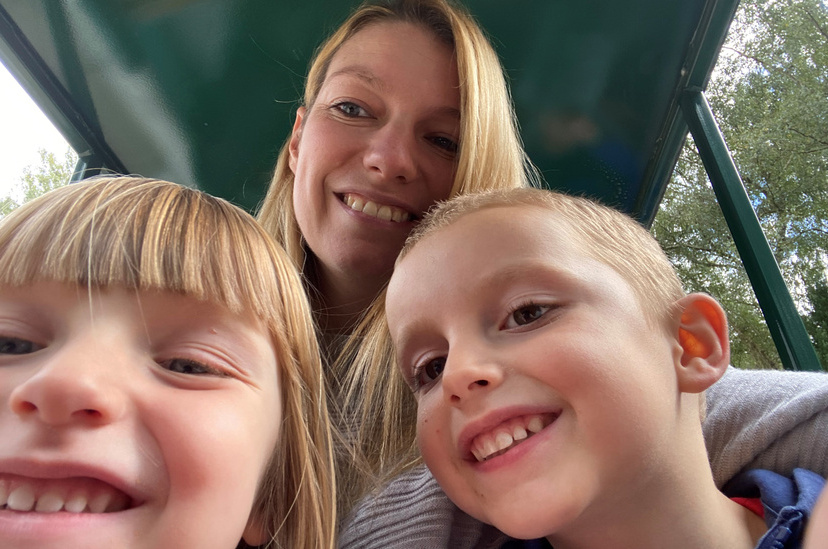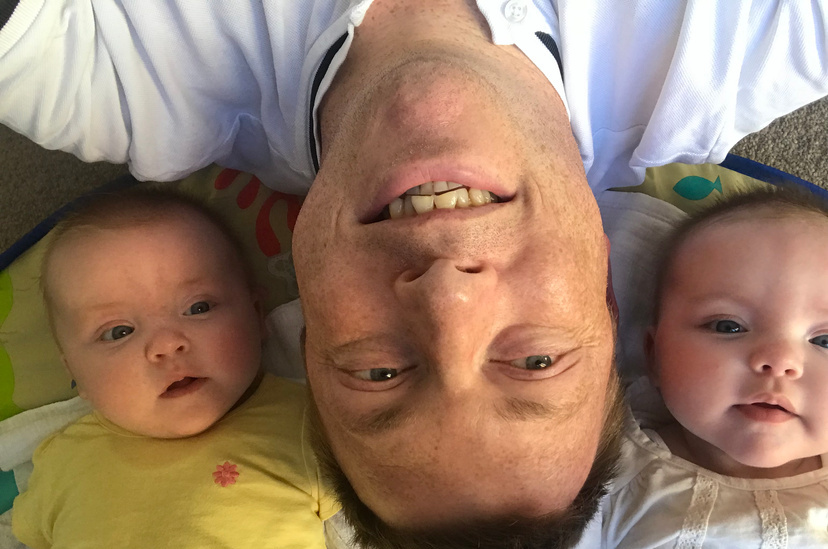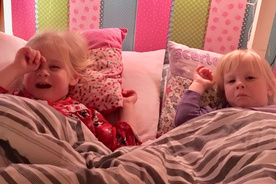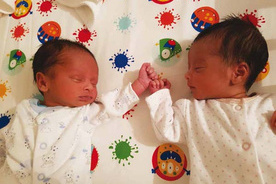Moving from cots to beds is a huge milestone for your little ones and the truth is that the right time to make this transition is different for everyone.
What is the average age that a child moves from a cot to a bed?
On average, 18 months is usually the time that you may start to think about moving your children from their cot to a bed, sometimes it's even sooner. Often, it's driven by your little ones being able to start climbing out of their cot.
If they aren't trying to climb out of the cot, try to keep them in the cot for as long as possible, as the older they make the transition the better. This means they have more of an understanding, making the transition much easier.
When you do make the move, the first couple of nights are usually quite unsettled, however they should settle down and stay in their bed for the duration of the night. When training them to make the move to the bed, be consistent with your approach - don't be tempted to bring them into your own bedroom, or give into the demands of staying for 'just one more'. The idea of this transition is not to create any new sleep associations in which you aren't happy to continue.
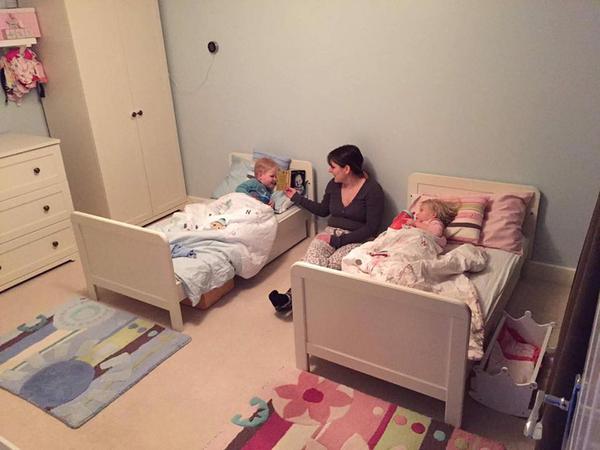
How to engage your child with moving from a cot to a bed
Moving to a bed is an exciting step for your children, so try to get them as involved as possible in the process. Bring them with you to choose the bed or bedding, get them to help you with making the bed up, have storytime and cuddles in the bed at bedtime.
Tips on helping your twins and triplets make the transition from cot to bed
- Talk to your little ones about their new 'big girl' or 'big boy' beds - some children love this idea, although others are not so keen. Getting them involved with this idea, such as by choosing the bedding, helps them feel like they have some control over the situation.
- The transition can be a big deal, so you want to make it as positive an experience as possible - it's a good idea to keep the beds in the same room that the cots have been in, to keep as much of the environment as similar and reassuring as possible.
- If your children use sleeping bags, you can continue to use these in beds to make the transition easier.
- Ensure you use the same comforters in the bed that they had in the cot.
- Keep your bedtime routine as similar as possible and try to not develop any new sleep associations, such as lying next to them as they fall asleep.
Tips on keeping your twins and triplets safe during the transition from cot to bed
- When your twins start to initially climb out of their cots, try to teach them to stay in the cot. If you catch them climbing out, put them back in. Be firm and clear, use the word 'no' or 'stay in your cot' with a disapproving look to help them comprehend what's being asked of them. If despite your best efforts, staying in their cots isn't successful, then it's time to make the move to a bed.
- You can choose between a toddler bed or move straight to a single bed. Many parents of multiples opt for a toddler bed to save space - many of these come with built-in safety guards to prevent them from falling out of bed. If you instead opt for a single bed, it may be useful to fit a safety guard yourself. You can also put duvets or pillows on the floor to soften the landing if they do fall out.
- Always think about safety. Make sure the floor is clear to avoid trips and falls, cover radiators, lock windows and ensure all electrical items are out of reach. It may help to crawl around yourself on the floor to look for hazards at your child's level.
- With twins, triplets or more, it's likely that they will be sharing a bedroom. As you know, this means they are likely to get up to all sorts. Therefore, it's essential to ensure that furniture is secured to the walls to prevent them from climbing on them and toppling them over.
- Sadly, research by ROSPA has shown that blind cord deaths are most likely to happen in bedrooms of children between the ages of 16-36 months. If you do have blinds fitted, ROSPA recommends removing them.
- Using a safety gate on their bedroom door is a good idea to stop them from wandering out of their room in the night, preventing any potential accidents.
Explore more advice about sleep
Access further resources as a registered user
Personal stories from parents of multiples
Hear personal stories about how people have experienced sleep with their multiples and how Twins Trust services like our helpline supported them.
Further help and resources from Twins Trust
Sleep for twins, triplets and more is one of our most asked about topics and we understand that there are lots of questions you may have about how your babies are sleeping. We're here to support you during this stage of your children's development and the below resources have lots more useful information about sleep.
-strap.svg)
